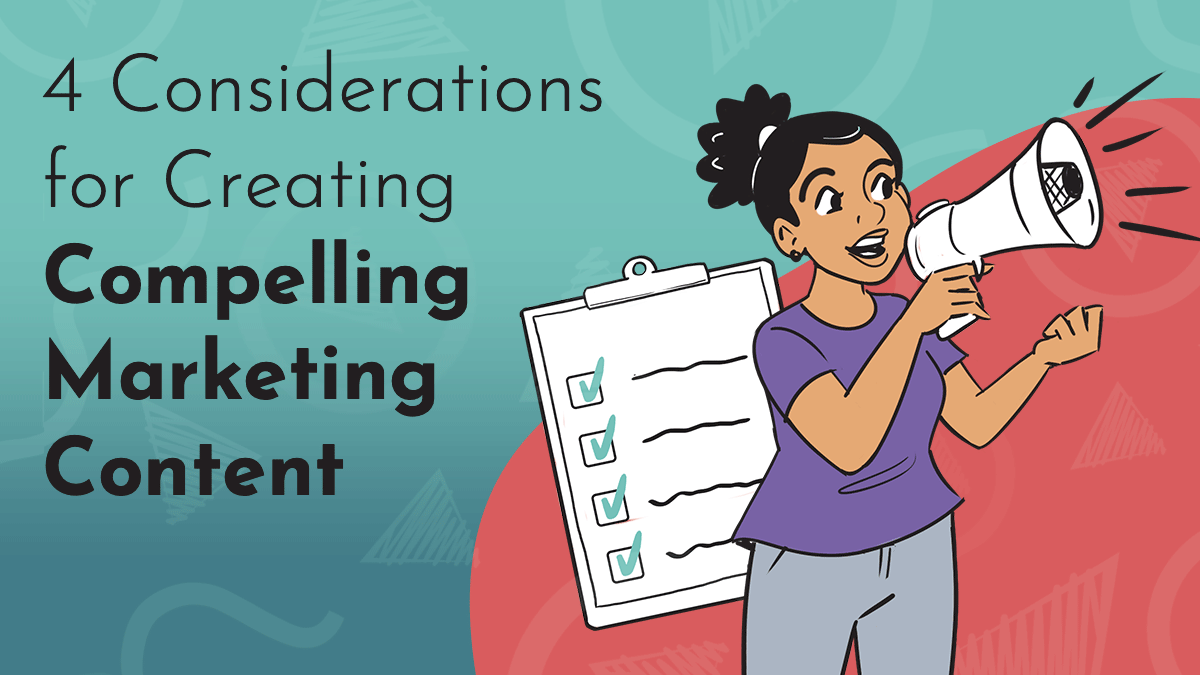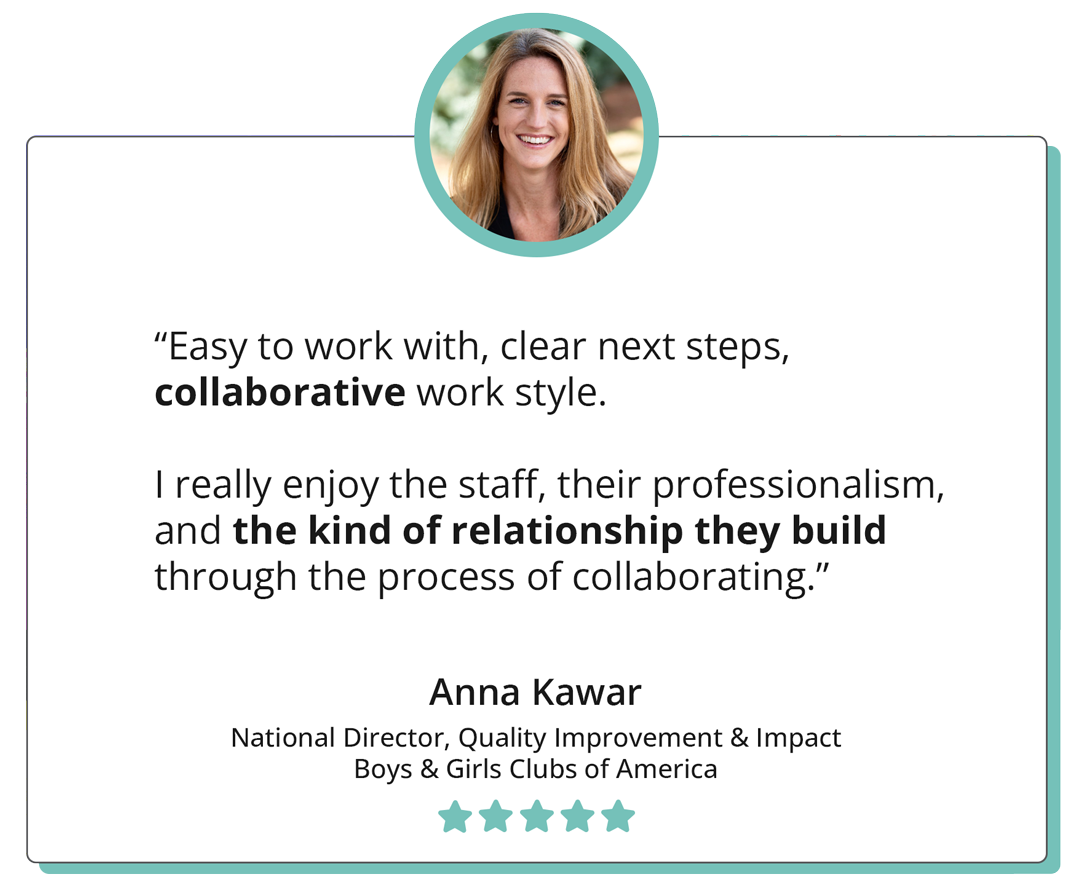
Our studio has used the power of animation to break down everything from high-level judicial cases to groundbreaking technology. In a decade and a half of animating explainer videos, we’ve tackled some pretty interesting stuff.
We’ve been asked to create compelling videos for just about everything – but not everything is interesting. ‘Everything’ has included plenty of topics that folks might consider boring.
But we don’t shy away from ‘boring’ – in fact, we embrace it. What might be a challenge of engagement to our clients represents the sweet spot where we work: making ‘boring’ content engaging through animation is our bread and butter.
This positive, welcoming voiceover provides a sense of warmth and ease to audiences considering an overnight stay with IHG Garner Hotels. Click here to see more from their project.
Here’s the thing about creating compelling marketing content: it’s not just about being creative; it’s about being strategic.
Every second counts when you’re competing for eyeballs in the wild, chaotic jungle of social media and digital marketing. Attention spans are short, distractions are everywhere, and that’s why we’ve perfected the art of grabbing attention and holding onto it, allowing you to reach your messaging goals in more impactful ways.
In this blog, we’re sharing the secrets we’ve learned from years of creating animated explainer videos that engage, educate, and inspire audience action.
These four key considerations will help you create marketing content that stands out and makes an impact:
Know Your Audience Inside and Out
If marketing content were a love letter, your audience would be the muse. And let’s be clear: a generic, “To Whom It May Concern” isn’t going to sweep anyone off their feet. To create content that inspires action, you need to know exactly who you’re talking to and what they care about.
Why It Matters
People engage more with stories that feel personal, relatable, and relevant to their needs. That’s because when we we feel represented and seen by marketing, we see ourselves reflected in the solution on-screen.
When your content hits the mark, it doesn’t just grab attention—it motivates action. And the reverse is also true: Forbes states that users will actively search for alternative options when they don’t see themselves reflected in marketing, their inability to see themselves signalling that they are in the wrong place.
Whether your goal is driving clicks, educating employees, or winning over new customers, a thoughtful and targeted message can make all the difference.
How to Nail It
This video we created with the American Kidney Fund increases impact by including characters that represent the community the video hopes to engage.
A Lesson from Experience
Clark Pacific’s ‘Infinite Facade’ technology was worth investing in, for a number of reasons – and these reasons all differed depending on who you talked to.
Clark Pacific reached out to our studio to design a sales video that could accompany their product, and explained that – while they knew they needed to keep the video short – they wanted their multi-faceted solution highlighted in all it’s glory. Their goal was to ensure that different stakeholders saw themselves using the product.
Our solution leveraged the power of animation for representation. By segmenting their project into three unique, but related, videos, we were able to specifically target their three main buyer personas. Each script had similar elements, but used unique terminology, visuals, and voice over that catered individually to architects, building owners, and general contractors respectively. Check out the series below to see how it turned out, or click here to read our blog about how to determine who your target audience(s) may be!
Simplicity Works!
Ever tried watching a movie with a plot so confusing you needed a flowchart just to keep up?
Spoiler alert: even WE can’t make your product demo as interesting as Game Of Thrones. Which means your audience isn’t sticking around for that kind of messaging. Let’s talk about simplifying your content for success:
Why It Matters
Clarity isn’t just a bonus; it’s the backbone of effective marketing. Why? Because crisp, clear content keeps people hooked and helps drive results. Confusion kills engagement, and without engagement, your goals—be it clicks, shares, or actions—stay out of reach.
Your audience should understand your message in seconds, whether it’s a product pitch or a company update. If your marketing isn’t clear, it doesn’t matter how flashy or creative it is—people will scroll right past it.
We strive to consider clarity during every single project we work on, not losing sight of the fact we’re often trying to simplify an expert’s perspective for a wide audience.
Maintaining clarity in your content is careful work that takes thought and strategy. You can read our most important tips and see an example below; we also offer this great – and brief! – article by LinkedIn with 10 Tips for Mastering the Art of Brevity.
How to Nail It
A Lesson from Experience
When United Way approached us to promote their new ‘Plan of Safe Care’ program, we were amazed at just how many resources and ideas they had to share.
When it feels important to cover a multitude of benefits or opportunities, it’s tempting to load your script with every detail. For this project, our scriptwriters leveraged simple and clear phrasing to get right to the heart of their offering.
Clarity and animation work hand-in-hand in their final product, to provide the extra detail United Way was looking for. Notice how the visuals in this animation demonstrate the tens – if not hundreds – of care possibilities and partnerships made possible by the ‘Plan of Safe Care’.
These illustrations complement the scripting, allowing individual viewers to find themselves in the video – and it keeps the whole thing under 45 seconds.
Our project with United Way demonstrates how visuals and script work together to cover the most important details in your message.
Make it Memorable
If you want to impact the bottom line with your marketing, you’re not just fighting for attention—you’re battling to stay in someone’s mind long after they’ve scrolled past.
So how can you make your marketing more memorable than the next piece of content you’re battling with?
Why It Matters
Memorable content drives deeper connections. It’s what turns casual viewers into loyal followers, and drives conversion actions that you want to happen when audiences view your video.
If your audience can recall your message days later—or better yet, tell their friends about it—you’ve won the marketing jackpot. And when it comes to animation? The sky’s the limit for creating something truly unforgettable.
In a sea of content, being forgettable is the ultimate failure. That’s why your content needs to not only stand out, but also to stick in audience’s minds after viewing.
So how do you do it? Comparing your favorite ads will tell you that there’s infinite ways to accomplish this. At our studio, storytelling and custom, representative character design help us rise above the fold. Let’s dive deeper:
Our explainer with the Brooklyn Library pairs familiar stories with an important message to build a piece of content that is both memorable and informative.
How to Nail It
A Lesson from Experience
Although this example doesn’t fall neatly into the ‘marketing’ category, we put forward for your consideration: our explainer video for a new Head of School, stepping into her role with a wish to truly connect with her new school community despite it’s large size.
We partnered with the Schenck School to create this whimsical animated video for distribution amongst parents, students, and the wider school community.
Pairing digital illustration with live video, and a touch of humor, this explainer video exemplifies a memorable content offering.
The playful video format stands out as ‘unusual’ compared to the expected school memo, and stars real members of the student body to enhance the feeling of connection.
Stay True to You
Authenticity is another one of our core values here at Next Day Animations. We know that our brand isn’t just our logo or color scheme—it’s our personality, our voice, our vibe.
When they get a true sense of who you are, and like it, viewers turn into fans. And from that perspective, authenticity turns awareness into conversions. Let’s dive in:
Why It Matters
The best content doesn’t just grab attention; it says, this is who we are, and gets people to care about it.
When your content aligns with your brand’s identity, it reinforces recognition and builds credibility. Whether your tone is playful, professional, or a little quirky (like ours), keeping things on-brand helps you connect with the right audience—and keeps them coming back.
In this informative article, Mailchimp defines the key elements of brand authenticity as follows: consistent messaging, transparency in communication, and genuine engagement with the customer base. With those foundational ideas in mind, let us share our top tips from 15 years in the explainer business:
How to Nail It
A Lesson from Experience
Any past client of ours will tell you how important we consider it to understand the organization behind whatever we’re explaining.
The authentic representation of families conversing about their kids needs – and potential solutions – feels familiar, and reliable, to the target audience.
We won’t ask to meet with HR or anything – don’t worry. We dedicate a meeting at the beginning of our productions process to connecting about your vision and values as a group, with the intention to make sure it comes through in the video cohesively.
We know that this is the difference between our award-winning animations, and those of our competitors. By spending this extra time at the beginning, we ensure that every video we produce is infused with authenticity.

Crafting memorable, engaging, and on-brand content isn’t just an art—it’s what we do best. At Next Day Animations, we specialize in creating custom animated videos that bring your story to life and connect with your audience. Whether you’re looking to clarify complex ideas, inspire action, or just stand out on social media, we’re here to help you make an impact.



